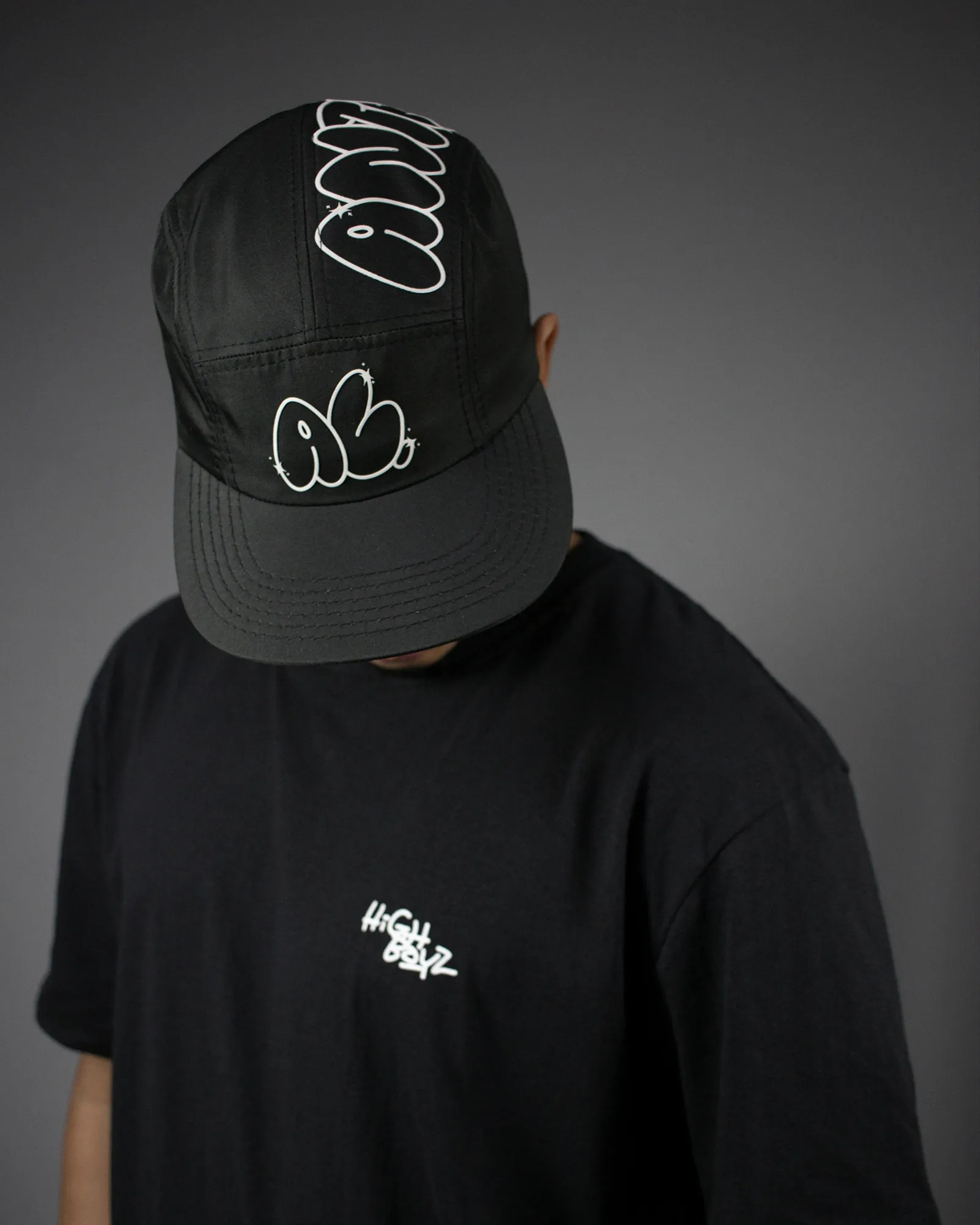
(
Mar 12, 2024
)
Boost Engagement with Thoughtful UX Design
Improve user engagement by focusing on UX design that prioritizes functionality and user satisfaction.
Prioritizing User Needs
At the heart of thoughtful UX design is a deep understanding of the user. Boosting engagement starts with knowing who your users are, what they need, and how they interact with your website or app. Every design decision should be rooted in making their experience as seamless and enjoyable as possible, ensuring that their needs are met intuitively.
To prioritize user needs, it’s important to conduct thorough research. This includes gathering data through user interviews, surveys, and analytics to identify pain points and areas for improvement. By understanding the user journey, you can tailor your design to eliminate friction and enhance usability, making it easier for users to achieve their goals.
A thoughtful UX design doesn’t just solve immediate problems—it anticipates future needs. By thinking ahead and considering how users’ behaviors might evolve, you can design an experience that adapts over time, ensuring continued engagement. The more users feel that their needs are being met effortlessly, the more likely they are to remain loyal to your product or service.
Creating a Seamless Flow
A key aspect of UX design that drives engagement is creating a seamless, intuitive flow. Users should be able to navigate through your website or app without confusion, frustration, or unnecessary clicks. Thoughtful design maps out clear paths for users, guiding them naturally from one step to the next while ensuring that important information is easily accessible.
Consistency is essential in establishing a smooth user flow. This means maintaining consistent layouts, visual cues, and interactions across all pages or screens. Whether users are exploring your homepage or completing a purchase, a cohesive experience helps them stay focused and confident in their actions, increasing their overall satisfaction.
Small details, such as button placement, typography, and visual hierarchy, can greatly impact how users interact with your site. By making thoughtful design choices that prioritize clarity and ease of use, you minimize cognitive load and keep users engaged. When users can navigate effortlessly, they’re more likely to spend time exploring your content or completing desired actions.
Engaging Through Emotion
Thoughtful UX design goes beyond functionality—it taps into users’ emotions. Engagement is not just about making a website usable; it’s about creating an emotional connection that resonates with the user. By incorporating elements of storytelling, visual appeal, and interactive features, you can evoke positive emotions that strengthen user engagement and loyalty.
Designing for emotion means considering how users feel at each stage of their journey. From welcoming new users with an intuitive onboarding process to celebrating a successful purchase with a personalized confirmation page, every interaction is an opportunity to foster connection. Thoughtful micro-interactions, such as subtle animations or encouraging messages, can add delight and reinforce a positive experience.
Ultimately, the goal of thoughtful UX design is to make users feel understood and valued. When users feel emotionally connected to your brand, they are more likely to return, recommend your product, and engage with your content on a deeper level. A user experience that resonates emotionally not only boosts engagement but also builds lasting relationships with your audience.
More News
Explore insights, tips, and trends to elevate your brand.

(
Mar 12, 2024
)
Boost Engagement with Thoughtful UX Design
Improve user engagement by focusing on UX design that prioritizes functionality and user satisfaction.
Prioritizing User Needs
At the heart of thoughtful UX design is a deep understanding of the user. Boosting engagement starts with knowing who your users are, what they need, and how they interact with your website or app. Every design decision should be rooted in making their experience as seamless and enjoyable as possible, ensuring that their needs are met intuitively.
To prioritize user needs, it’s important to conduct thorough research. This includes gathering data through user interviews, surveys, and analytics to identify pain points and areas for improvement. By understanding the user journey, you can tailor your design to eliminate friction and enhance usability, making it easier for users to achieve their goals.
A thoughtful UX design doesn’t just solve immediate problems—it anticipates future needs. By thinking ahead and considering how users’ behaviors might evolve, you can design an experience that adapts over time, ensuring continued engagement. The more users feel that their needs are being met effortlessly, the more likely they are to remain loyal to your product or service.
Creating a Seamless Flow
A key aspect of UX design that drives engagement is creating a seamless, intuitive flow. Users should be able to navigate through your website or app without confusion, frustration, or unnecessary clicks. Thoughtful design maps out clear paths for users, guiding them naturally from one step to the next while ensuring that important information is easily accessible.
Consistency is essential in establishing a smooth user flow. This means maintaining consistent layouts, visual cues, and interactions across all pages or screens. Whether users are exploring your homepage or completing a purchase, a cohesive experience helps them stay focused and confident in their actions, increasing their overall satisfaction.
Small details, such as button placement, typography, and visual hierarchy, can greatly impact how users interact with your site. By making thoughtful design choices that prioritize clarity and ease of use, you minimize cognitive load and keep users engaged. When users can navigate effortlessly, they’re more likely to spend time exploring your content or completing desired actions.
Engaging Through Emotion
Thoughtful UX design goes beyond functionality—it taps into users’ emotions. Engagement is not just about making a website usable; it’s about creating an emotional connection that resonates with the user. By incorporating elements of storytelling, visual appeal, and interactive features, you can evoke positive emotions that strengthen user engagement and loyalty.
Designing for emotion means considering how users feel at each stage of their journey. From welcoming new users with an intuitive onboarding process to celebrating a successful purchase with a personalized confirmation page, every interaction is an opportunity to foster connection. Thoughtful micro-interactions, such as subtle animations or encouraging messages, can add delight and reinforce a positive experience.
Ultimately, the goal of thoughtful UX design is to make users feel understood and valued. When users feel emotionally connected to your brand, they are more likely to return, recommend your product, and engage with your content on a deeper level. A user experience that resonates emotionally not only boosts engagement but also builds lasting relationships with your audience.
More News
Explore insights, tips, and trends to elevate your brand.

(
Mar 12, 2024
)
Boost Engagement with Thoughtful UX Design
Improve user engagement by focusing on UX design that prioritizes functionality and user satisfaction.
Prioritizing User Needs
At the heart of thoughtful UX design is a deep understanding of the user. Boosting engagement starts with knowing who your users are, what they need, and how they interact with your website or app. Every design decision should be rooted in making their experience as seamless and enjoyable as possible, ensuring that their needs are met intuitively.
To prioritize user needs, it’s important to conduct thorough research. This includes gathering data through user interviews, surveys, and analytics to identify pain points and areas for improvement. By understanding the user journey, you can tailor your design to eliminate friction and enhance usability, making it easier for users to achieve their goals.
A thoughtful UX design doesn’t just solve immediate problems—it anticipates future needs. By thinking ahead and considering how users’ behaviors might evolve, you can design an experience that adapts over time, ensuring continued engagement. The more users feel that their needs are being met effortlessly, the more likely they are to remain loyal to your product or service.
Creating a Seamless Flow
A key aspect of UX design that drives engagement is creating a seamless, intuitive flow. Users should be able to navigate through your website or app without confusion, frustration, or unnecessary clicks. Thoughtful design maps out clear paths for users, guiding them naturally from one step to the next while ensuring that important information is easily accessible.
Consistency is essential in establishing a smooth user flow. This means maintaining consistent layouts, visual cues, and interactions across all pages or screens. Whether users are exploring your homepage or completing a purchase, a cohesive experience helps them stay focused and confident in their actions, increasing their overall satisfaction.
Small details, such as button placement, typography, and visual hierarchy, can greatly impact how users interact with your site. By making thoughtful design choices that prioritize clarity and ease of use, you minimize cognitive load and keep users engaged. When users can navigate effortlessly, they’re more likely to spend time exploring your content or completing desired actions.
Engaging Through Emotion
Thoughtful UX design goes beyond functionality—it taps into users’ emotions. Engagement is not just about making a website usable; it’s about creating an emotional connection that resonates with the user. By incorporating elements of storytelling, visual appeal, and interactive features, you can evoke positive emotions that strengthen user engagement and loyalty.
Designing for emotion means considering how users feel at each stage of their journey. From welcoming new users with an intuitive onboarding process to celebrating a successful purchase with a personalized confirmation page, every interaction is an opportunity to foster connection. Thoughtful micro-interactions, such as subtle animations or encouraging messages, can add delight and reinforce a positive experience.
Ultimately, the goal of thoughtful UX design is to make users feel understood and valued. When users feel emotionally connected to your brand, they are more likely to return, recommend your product, and engage with your content on a deeper level. A user experience that resonates emotionally not only boosts engagement but also builds lasting relationships with your audience.
More News
Explore insights, tips, and trends to elevate your brand.


